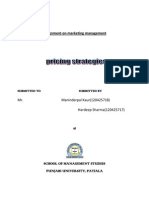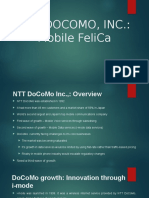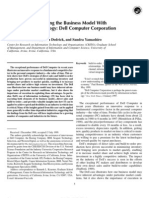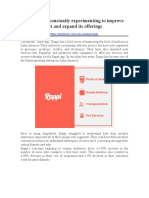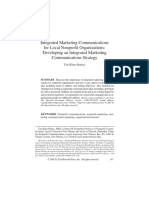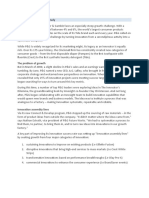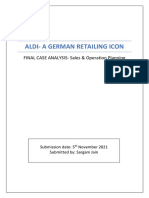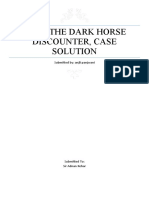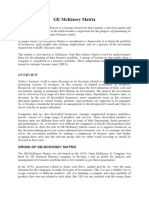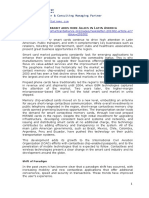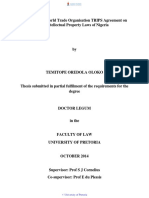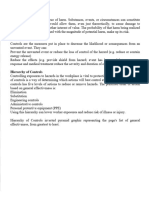0% found this document useful (0 votes)
304 views3 pagesCase Study Yoco
Yoco Technologies, founded in 2013, has successfully democratized digital payments for South Africa's small businesses by offering affordable, mobile-connected card readers and tailored POS systems. The company utilized strategic partnerships, customer-centric innovation, and technology diffusion models to reach over 200,000 merchants by 2024, addressing the challenges of cash-driven informal economies. Yoco's approach serves as a model for other fintechs in emerging markets seeking to enhance financial inclusion through innovative solutions.
Uploaded by
londekafakaziCopyright
© © All Rights Reserved
We take content rights seriously. If you suspect this is your content, claim it here.
Available Formats
Download as DOCX, PDF, TXT or read online on Scribd
0% found this document useful (0 votes)
304 views3 pagesCase Study Yoco
Yoco Technologies, founded in 2013, has successfully democratized digital payments for South Africa's small businesses by offering affordable, mobile-connected card readers and tailored POS systems. The company utilized strategic partnerships, customer-centric innovation, and technology diffusion models to reach over 200,000 merchants by 2024, addressing the challenges of cash-driven informal economies. Yoco's approach serves as a model for other fintechs in emerging markets seeking to enhance financial inclusion through innovative solutions.
Uploaded by
londekafakaziCopyright
© © All Rights Reserved
We take content rights seriously. If you suspect this is your content, claim it here.
Available Formats
Download as DOCX, PDF, TXT or read online on Scribd
/ 3


